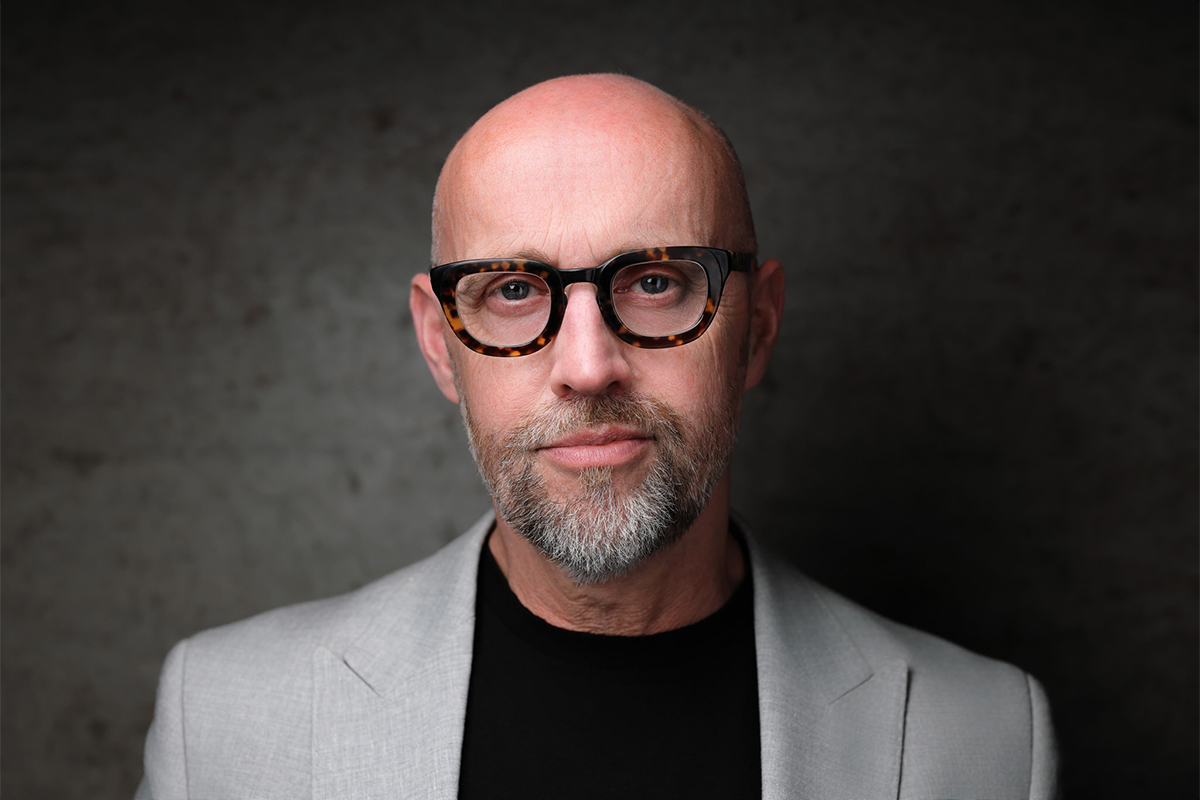Longevity.Technology CEO Phil Newman on the longevity industry’s evolution and why Longevity 3.0 might not be as far off as it sounds.
In May this year, the Vitalist Bay Longevity Investors Summit convened a cross-disciplinary cohort of scientists, entrepreneurs, clinicians and investors on the shores of the San Francisco Bay in Berkeley – a gathering that positioned itself not only as a forum for thought leadership but as a locus of commercial and translational momentum within the longevity space. Held within the context of the newly launched Vitalist Bay initiative – an ecosystem designed to accelerate geroscience innovation through collaboration, capital and community – the event featured a number of data-rich presentations, including a presentation by Phil Newman, the founder and CEO of Longevity.Technology. The session offered a candid assessment of the industry’s current state and mapped its possible futures – from the maturing scaffolds of Longevity 2.0 to the speculative architecture of Longevity 3.0.
Phil Newman on… The scale of the longevity ecosystem
We’re seeing major developments in the industry overall; influencers like Bryan Johnson have entered the conversation, GLP-1s are on the market – it’s a very exciting time. People are starting to analyze what this space might become but the issue is, the data often conflates all sorts of interpretations of what longevity is: supplements, luxury cruises for elders… it’s a bit of a mess.
Our 2024 report looks at the data in the noise; we analyze 14 subdomains – from senotherapeutics to reproductive longevity and rejuvenation, and we analyze the industry across 25 different domains of longevity. We’re adding a 26th: biostasis, which we hadn’t previously taken as seriously, but it’s clearly becoming important.
And it’s good news: across our 1,500 tracked companies, funding from 2023 to 2024 peaked at $8.26 billion. That shows the market is rebounding – although we’re not quite back to the highs of 2021, partly due to the ongoing biotech winter. The number of deals has fallen, but deal sizes are increasing.
This funding spreads across the 25 longevity domains. Discovery platforms are still the outliers. Neuropharma has also become more prominent recently due to some fascinating developments. The US dominates funding – 85% of last year’s funding went to US companies, with California leading the charge.
We all know the problem we’re trying to solve but compared with other sectors, longevity still lacks capital and visibility. As an industry, we’re not yet clearly articulating our value proposition, or hitting our stride, and we’re still waiting for some of the therapeutics we all want to see.
From 1.0 to 2.0 and beyond
Let’s talk about the spaghetti that is the longevity industry. Right now, we’re in Longevity 1.0, but we’re moving toward Longevity 2.0, and with that in mind, we are recutting our data into our Ten Levels of Longevity framework – and here are some highlights.
Lifestyle management: Diet, sleep, exercise, alcohol – but it’s all shifting. Technogym is leaning into longevity, calling it “healthness.” There are more M&A, and gyms are getting involved.
Consumer diagnostics: The market needs standardization. I don’t buy into “I’m 47, but I test as 21.” We need reliable, benchmarked consumer diagnostics. AI and efforts like the Biomarkers of Aging Consortium will help.
Longevity biohacking: Supplements, red light therapy, cryo – it’s a booming market. We’re in this space, and I recently met with Alex Zhavoronkov, who’s working on GRAS-level supplement innovation.
Longevity clinics: I’ve been to three clinics, each identified different issues – the sector lacks consistency, and we’ll be launching a Longevity Clinics Directory soon. Standards in diagnostics, intervention, and clinic practice are coming – and needed.
Aging disease management: This is the sick-care paradigm. We do count companies here if they’re targeting aging diseases, but the opportunity lies in preventing aging diseases altogether. Think GLP-1s, BioAge… things are going in the right direction.
Targeted age reversal: Everyone’s talking about partial cellular reprogramming. Life Biosciences is about to enter Phase 2 trials on the eye. Turn.Bio is another exciting player and Fauna Bio has a big deal with Eli Lilly. This field is still young but very promising.
Longevity 3.0 – the new frontier
Longevity 3.0 could mean disease-free, hyper-longevity – even endless existence. Some avoid terms like “immortality,” but that’s the frontier.
In the digital space, early efforts are fascinating. A company called Subsense is using two types of nanobots that go through the nasal cavity into the brain – read/write nanotech for neurodegenerative diseases, and eventually, telepathy. Their funding came from Silicon Valley investors excited by this longer-term vision.
We should consider systemic aging reversal – senotherapeutics, mitochondrial transplant, full-body cellular reprogramming. Companies like Mitrix Bio in California and others in Israel are working to reprogram all mitochondria in the body.
And if that doesn’t work? Then we look at organ preservation, which is a practical, near-term step. But biostasis – this emerging domain – is one of the most exciting areas right now. I recently asked Alex Zhavoronkov how serious head transplants are. He said: very. A Chinese doctor is already performing spinal cord transplants in humans. Combine that with surrogate body concepts, and this becomes a real frontier.
Eventually, maybe we’ll retire to the cloud and leave behind our biological bodies. That’s what some thinkers and investors are aiming for. Laura Deming, for example, raised $48m for Cradle, a biostasis project aimed at space travel. The crossover between longevity and space is growing.
AI isn’t a threat – it’s a tool. Everyone’s using it now. We’re all part of something remarkable, and the future is incredibly exciting, and frankly, too exciting for us to die. That’s why I echo Bryan Johnson’s mantra: Don’t die.

